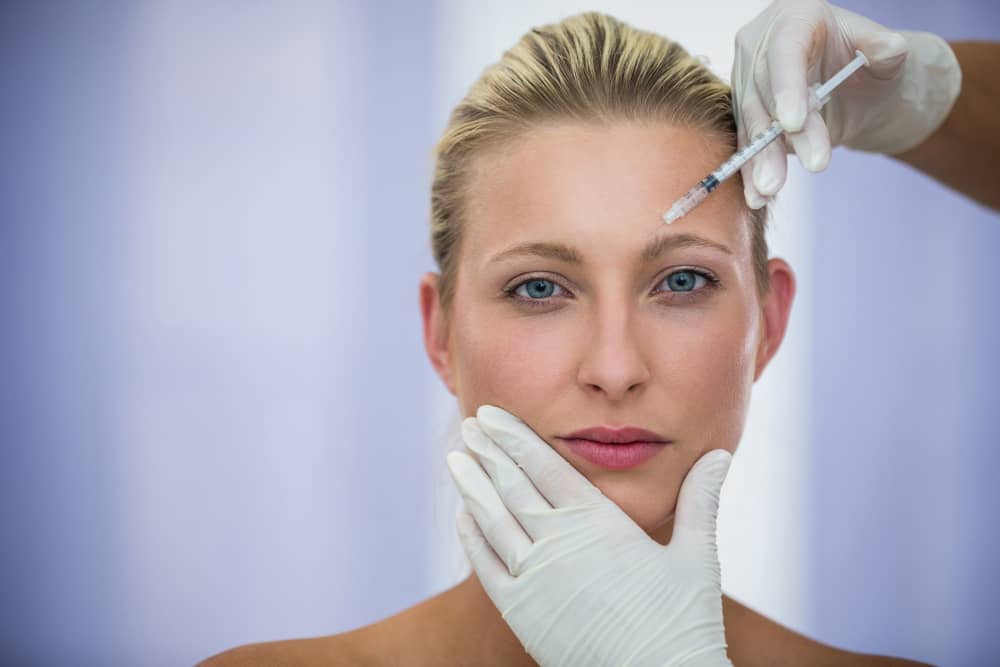
Most people think of Botox as a cosmetic treatment that makes wrinkles go away. But Botox has some medical uses too! In Calgary, for many people, the trend is that they are not getting Botox just for cosmetic outcomes but for pain management, improving movement, and reducing discomfort associated with some medical issues. Botox for TMJ in Calgary, for example, is a favourite for some patients experiencing pain and tension.
Let’s take a closer look at some medical conditions where Botox can help and how it works in these cases.
How does Botox work in medical treatment?
Botox is a muscle-relaxing toxin. It is administered in low doses of a toxic substance and blocks the signal from the nerves to the muscle, briefly disabling the muscle’s contraction function. It is administered to relieve pain and other symptoms of hyperactive muscles or nervous conditions.
What medical conditions are treated with Botox?
Here are some common medical issues for which Botox is utilized as a treatment:
- TMJ (Temporomandibular Joint Disorder): Individuals with TMJ may experience pain in their jaw, problems with chewing, or frequent headaches. Botox can help to relax the muscles in the jaw to relieve the discomfort.
- Chronic Migraines: Botox is approved for chronic migraines in adult patients who have headaches more than 15 days per month. Botox is injected into the head and neck muscles to help reduce the number of headache days.
- Muscle Spasms: Botox can help with muscle spasms or muscle stiffness in the arms, legs, or face. It can provide some relief to people with cerebral palsy, multiple sclerosis, or post-stroke stiffness with Botox.
- Excessive Sweating (Hyperhidrosis): If you sweat too much, even when it’s not hot or you’re not working out, Botox can block the nerves that tell the sweat glands to work (especially in your underarms, hands, or feet).
- Overactive Bladder: Many people feel a strong urge to urinate, which happens often and out of the blue. Botox relaxes the bladder muscles and helps people have more control over urination.
- Eye Conditions (like Strabismus or Blepharospasm): Botox can relax the muscles around the eyes for crossed eyes (strabismus) or uncontrolled blinking (blepharospasm).
- Pain in the neck (Cervical Dystonia): Botox can reduce the pain and awkward position of the neck caused by tight muscles.
How Long Do the Effects of Botox Last?
Many people ask, botox how long does it last? On average, the effects of treatment usually last between 3 to 6 months. After that, the treatment can be repeated as needed. Your provider will help decide when it’s time for the next dose based on your symptoms and how your body responds.
What Are Therapeutic Botox Injections Like?
If you’re nervous about injections, don’t worry, they’re usually quick and only cause mild discomfort. Here’s what to expect:
- The treatment usually takes less than 30 minutes.
- No major downtime; you can return to daily activities right after.
- Results can start to show in a few days, but full effects may take up to two weeks.
- Injections are done in specific areas based on your condition and symptoms.
Can Anyone Get Botox for Medical Use?
Botox is safe for most people, but it’s not for everyone. You’ll need to talk with a healthcare provider to make sure it’s right for you. They’ll check your medical history, your symptoms, and other treatments you’ve tried. If you’re considering botox in Calgary, a professional consultation can help you decide if it’s the right option for your condition.
Feel Better with Botox—Visit Totally Botox in Calgary
If you’re dealing with jaw pain, migraines, or other conditions and are curious about this treatment, Totally Botox is here to help. Our team provides care in a relaxing and supportive environment. Whether it’s your first treatment or you’ve had Botox before, we’re happy to guide you every step of the way.
Say goodbye to discomfort and hello to relief; book your visit with Totally Botox today!
FAQS:
- Is Botox only for cosmetic use?
No, Botox is also used to treat several medical conditions like chronic migraines, TMJ pain, muscle spasms, and more. It works by relaxing overactive muscles and blocking certain nerve signals. - Does the Botox treatment hurt?
Most people feel only a quick pinch during the injection. The procedure is fast, and any discomfort is usually mild and temporary. - How soon will I see results after a medical Botox treatment?
You may start noticing results within a few days, but the full effects can take up to two weeks. The timing can vary depending on the condition being treated and your body’s response.
FAQs
1. Is Botox only for cosmetic use?
No, Botox is also used to treat several medical conditions like chronic migraines, TMJ pain, muscle spasms, and more. It works by relaxing overactive muscles and blocking certain nerve signals.
2. Does the Botox treatment hurt?
Most people feel only a quick pinch during the injection. The procedure is fast, and any discomfort is usually mild and temporary.
3. How soon will I see results after a medical Botox treatment?
You may start noticing results within a few days, but the full effects can take up to two weeks. The timing can vary depending on the condition being treated and your body’s response.
